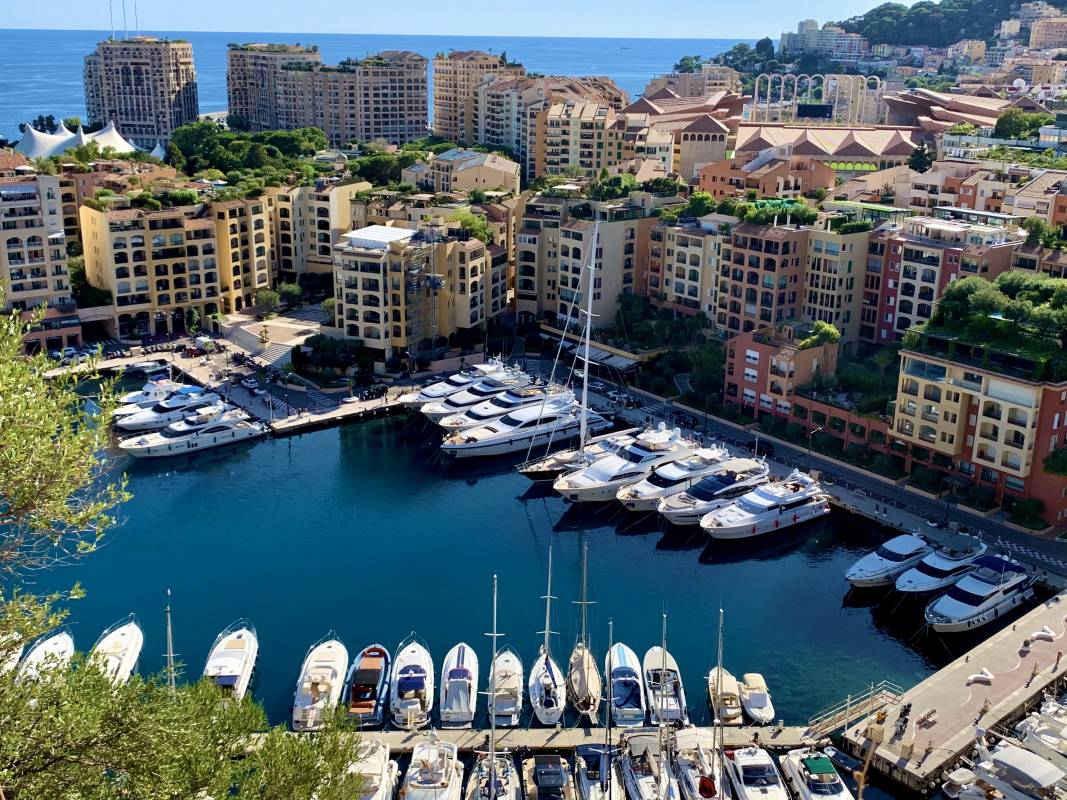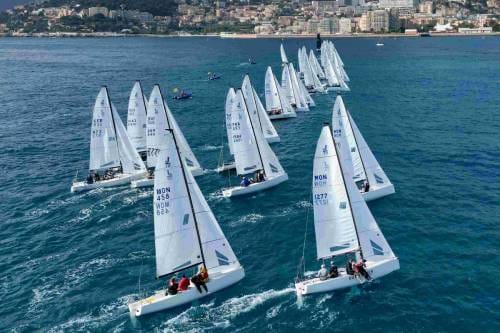The new Chicane pontoon, a project named after the famous Grand Prix corner, will soon be connecting ships in Monaco’s port to the Principality’s wastewater network. The project, organized by the Société d’exploitation des ports de Monaco, should be ready within two years.
Currently, there are 760 spots for boats with access to services like fresh water, electricity at the quay and on pontoons (220V / 380 V), paid WIFI, grey water collectors on certain platforms, 12 showers and 20 bathrooms.
Floating barges stop alongside ships for emptying (from 5 to 10,000 litres per boat). This is a paid service, however, the Chicane project’s connection to the public network would be free. The Chicane pontoon would use a reliable pressurized vacuum system.
Prince Rainier III and Prince Albert II improve Monaco’s Port
The Hercules Port of Monaco is a natural bay located at the foot of the ancestral rock of the Princes of Monaco. It is one of the few, if not the only, deep-water ports on the Côte d’Azur.
Used as a commercial port by the Greeks and Romans, it had the disadvantage of being poorly sheltered from easterly winds. At the beginning of the 20th century, two piers were erected to ensure better protection, but they weren’t completely effective. Under the leadership of Prince Rainier III, studies were undertaken in the 1970s to improve protection which led to the construction of a colossal structure (352 metres long, 28 metres wide, 19 metres high and weighing 160,000 tonnes) at the foot of the Rock of Gibraltar. The unique, semi-floating design was baptized and patented under the name “fixed water wall” and also allows the reception of large cruise ships (up to 300 metres long).
Prince Albert II continued the work started by his father by completely redeveloping the quays, the mooring systems, the electrical power and by implementing a real waste management policy. This work has made it possible to position Port Hercule as a port of excellence and the Principality as the world capital of Yachting.








